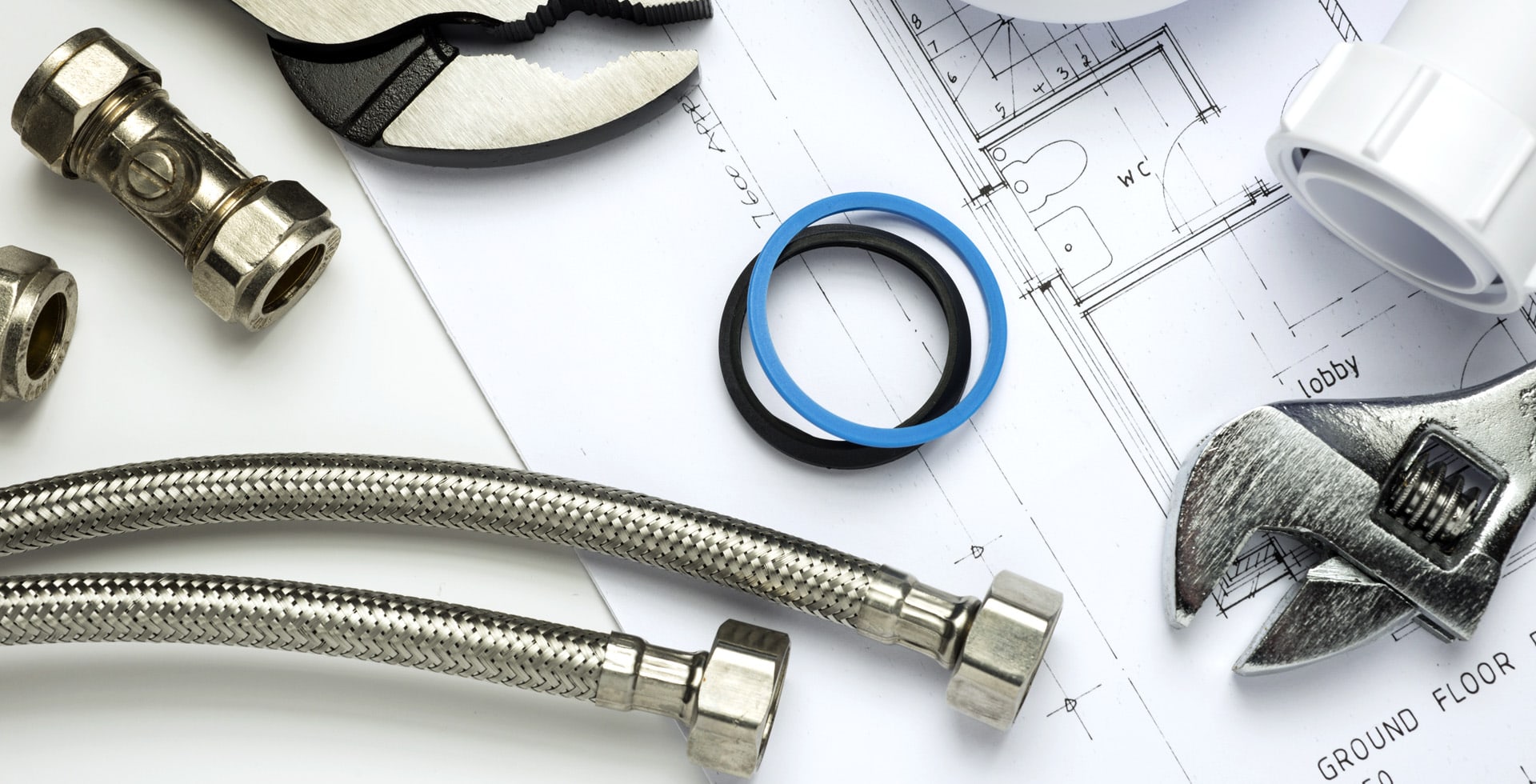“`html
Damaged Chimney Flashing: A Common Leak Source
Chimneys are a vital aspect of many homes, providing ventilation for fireplaces, stoves, and furnaces. However, the connection between a chimney and the roof is often a weak point when it comes to sealing out water. One of the main culprits behind leaks in this connection is damaged chimney flashing. Understanding its importance, recognizing its signs, and knowing how to address issues related to it can save homeowners both time and money.
What is Chimney Flashing?
Chimney flashing refers to the metal material that is installed where the chimney meets the roof. Its primary purpose is to prevent water from seeping into the home through this junction. Flashing typically consists of two main parts:
- Base flashing: Installed at the base of the chimney, it forms a barrier against water.
- Counter flashing: Installed on the chimney, it overlaps the base flashing to create a watertight seal.
Common Causes of Damage to Chimney Flashing
Understanding what leads to the deterioration of chimney flashing is essential for preventative measures. Common causes of damage include:
- Age: Over time, metal flashing can corrode or rust, especially if the material was not properly coated.
- Improper installation: Flashing that is not installed correctly can lead to gaps and leaks.
- Weather conditions: Harsh weather, such as heavy rains, snow, and ice, can break down flashing materials over time.
- Tree interference: Tree branches that rub against the chimney flashing can cause physical damage.
Signs of Damaged Chimney Flashing
Homeowners should be vigilant for signs that indicate chimney flashing may be compromised. Some of the most common signs include:
- Water stains: Look for water stains on the ceiling or walls around the fireplace.
- Mold and mildew: The presence of mold may signal water damage resulting from flashing problems.
- Rusty flashing: Visible rust or corrosion on the metal can indicate it is time for a replacement.
- Loose or missing flashing: If you can see that the flashing is not sitting snugly against the chimney, it may be damaged.
How to Inspect Chimney Flashing
Conducting a routine inspection of your chimney flashing can help identify issues before they escalate. Here are some steps to perform an effective inspection:
- Use binoculars to get a closer look at the chimney from the ground, checking for rusty, loose, or missing flashing.
- Inspect the interior of your home, especially areas near the chimney, for signs of water damage.
- If comfortable, use a ladder to climb onto the roof for a thorough inspection of the chimney base and flashing.
- Look for debris around the chimney, such as leaves or branches, which can cause water to pool around the flashing.
Repairing Damaged Chimney Flashing
When faced with damaged chimney flashing, there are several options for repair. Depending on the extent of the damage, homeowners may consider the following:
- Sealing gaps: Minor gaps in the flashing can often be sealed with roofing sealant.
- Replacing sections: If only a portion of the flashing is damaged, it can sometimes be replaced without having to replace the entire setup.
- Complete replacement: In cases of significant damage or corrosion, replacing the entire chimney flashing may be necessary.
- Consulting professionals: For extensive damage or if you’re uncomfortable handling repairs, hiring a professional roofing contractor is advisable.
Preventative Measures
Preventing damage to your chimney flashing is crucial for maintaining the integrity of your roof and avoiding costly repairs in the future. Here are some preventative measures to consider:
- Regular inspections: Schedule annual inspections of your chimney and flashing, ideally before the winter season.
- Proper maintenance: Keep the area around your chimney free of debris and foliage.
- Quality materials: If installing new flashing, opt for high-quality materials that can withstand the elements.
- Professional installation: Ensure that flashing is installed by a qualified professional to minimize the risk of future issues.
Conclusion
Damaged chimney flashing is a common source of leaks that can lead to water damage and costly repairs. By understanding the role of chimney flashing, recognizing signs of damage, and taking proactive steps for maintenance, homeowners can protect their homes from unwanted water intrusion. Regular inspections and timely repairs are key to ensuring your chimney remains a functional and secure element of your roofing system. If in doubt, consulting with a roofing professional can provide peace of mind and ensure your home stays protected from the elements.
“`

